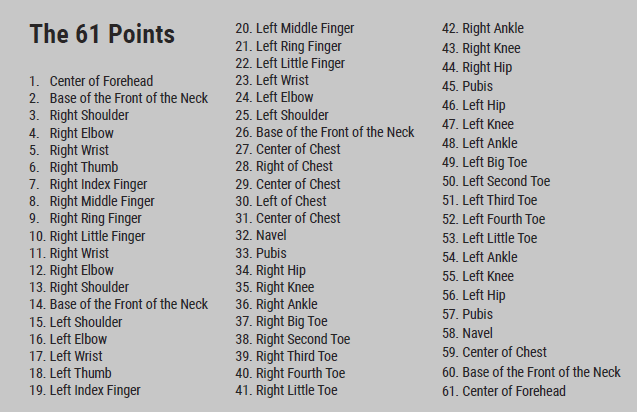By Greg Thurston
A body that is in pain or tense negatively affects our mental capacity. Ever tried to concentrate with a toothache?
Luckily, the reverse is also true.
Ever notice how exercise can sharpens the mind? When we’re feeling fit and energetic, our mind operates at its peak.
With the stress response, hormones such as adrenaline and cortisol raise the heartrate, quicken the breathing and prime our muscles for action. It happens when you get a sudden shock, and it’s a useful survival mechanism. However, long term stress upsets the balance, becomes unhealthy, and seriously damages the body.
The “Relaxation Response” is very different. According to Harvard Health Publications, with the “Relaxation Response”…
- Your heart rate decreases
- Breathing becomes slower and deeper
- Blood pressure drops or stabilizes
- Your muscles relax
- Your body begins to heal
In the mindfulness technique below, we activate this relaxation biological response.
The “Relaxation Response” Technique
Start with some deep breathing to quiet your mind. “Tune in” to your body and begin to listen.
Imagine a glowing ball of healing light just below your belly button, in the center. (You can place your hands there to help you keep your concentration on it – imagine the ball just under your hands).
Start to mentally move that ‘ball’ down to your toes, and back up again. Move it up the spine, all the way to your head. Move the ball all around your body. Linger in any problem areas and imagine the muscles relaxing, and unravelling all the stress as you go.
Another way to do it is to focus on particular points on the body one at a time. Sense how each point feels without letting your attention waver. As you do so, you’re encouraging health and relaxation.
You can use the ‘61 points’ listed here in the box as a guideline, or you can work on one larger section of the body at a time.
There’s no rush…

The way our bodies are designed is truly amazing. Different sub-systems harmonize, and each cell and tissue plays its part to create an amazing dance of life.
When practicing mindfulness techniques, such as meditation, the conditioned links between different areas of the brain areas are adjusted and balanced. The deeper parts of the brain that work automatically are brought into line with your frontal lobes.
The automatic stress response starts to disconnect and break down. Balance is restored.
“In addition to its calming physical effects, the relaxation response also increases energy and focus, combats illness, relieves aches and pains, heightens problem-solving abilities, and boosts motivation and productivity.”
– Lawrence Robinson
Our bodies are always naturally inclined to maintain balance and to heal. The magic of healing happens automatically, without interference from our intellectual minds. You don’t need to tell your finger to heal a paper cut. It just does.
The ever-busy mind interferes with this natural balance when it’s constantly thinking especially when it’s thinking about what could go wrong.
Mindfulness brings natural order back to the artificial chaos.
This blog post was adapted from the Seven Minute Mindfulness guidebook.
Click Here To Learn How To Quickly Activate The Relaxation Response, Release Stress, and Enjoy More Calm


Thank you, this was very helpful!